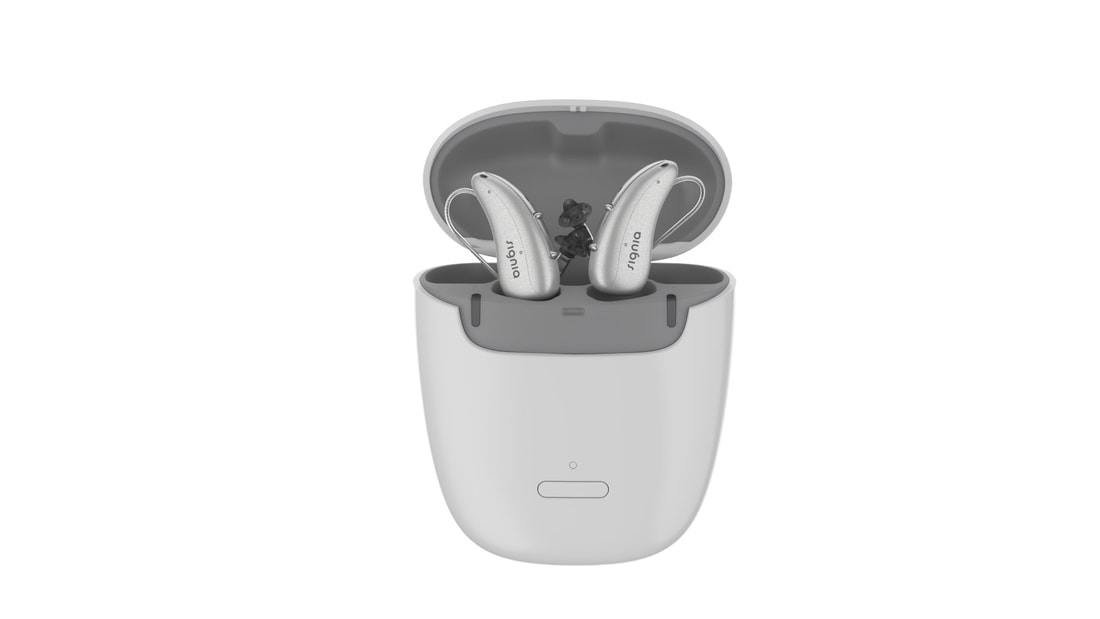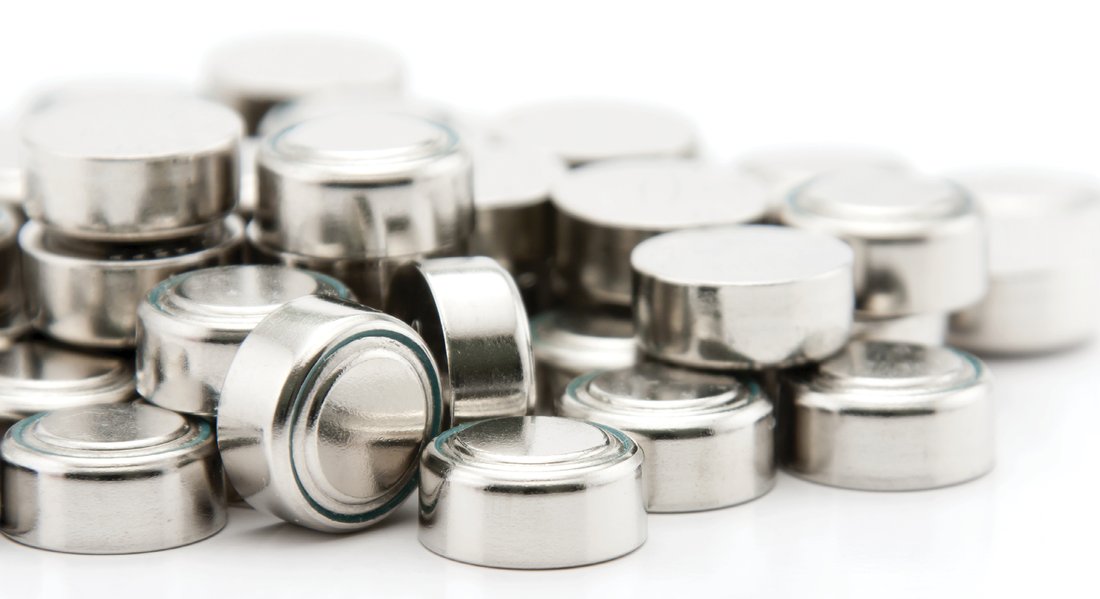|
Traveling on a plane can be stressful. That stress can magnify if you also experience hearing loss. If you’re a hearing aid user, you must take extra precautions while traveling.
Preparing for Travel Protect the circuitry of your hearing aids from nature’s elements. If you’re traveling somewhere humid/hot or where you’ll be near a body of water, make sure you have a dry box to store your hearing aids to protect them from the water. A hearing aid dehumidifier is also helpful if moisture builds up in your devices. A waterproof hat or umbrella is beneficial if you find yourself in an unexpected rainstorm. Get Your Equipment Ready Pack your hearing aid equipment in your carry-on bag. You don’t want to be without these items if your bag is misplaced during transit. It can be challenging to replace these things, particularly when traveling to secluded destinations. Hearing aids need a power source - via batteries or recharging. Whatever number of batteries you believe you’ll need, pack extra. Depending on how often you use them and how much streaming is used, the average hearing aid battery lasts 5-14 days. So always pack extra just in case. Remember to bring your hearing aid charger if you wear rechargeable hearing aids. You should also pack a power strip and a power adapter (if traveling overseas). Sometimes there’s a limited number of outlets for you to plug things in at hotel rooms, so it’s good to have these to prevent any instances of not having fully recharged hearing aids. Schedule a visit at Pure Sound Hearing If you want reassurance that your hearing aids or assistive listening devices are correctly functioning before your trip, schedule an appointment with one of our hearing instrument specialists at Pure Sound Hearing. Traveling through the Airport and on the Airplane When you travel, you should be able to see the Hearing Loop logos at popular tourist destinations and public transit spaces. About 90% of hearing aids use telecoils or t-coils so that travel and tourist information can be heard through your hearing aids or assistive listening devices. Bluetooth® hearing aids can be used during a flight, but it needs to be set in airplane mode if the flight attendant requests passengers to do so. Going Through Security Checkpoint You can wear your hearing aids through the security checkpoint - they won’t set off any alarms. Notify the security personnel that you have hearing loss in case they notice that you are not following directions. While walking through a metal detector, switch the volume to a lower setting. Your hearing aids might produce a loud distorted or static noise. Checking in at Your Hotel/Destination If you haven’t notified the hotel staff about your hearing impairment before arriving at your destination, give the receptionist your phone number and ask to receive text messages for vital information (room service, wake-up calls). Many hotels have amenities that help people with hearing loss - fire alarms that light up as a visual aid or assistive listening devices paired with the TV in your hotel room. Contact the customer service representative at your hotel to ask about their accessibility options. If you need new hearing aids or supplies for your hearing aids during traveling, please contact Pure Sound Hearing to schedule an appointment. Stay safe! Enjoy your travels! One of the primary things to consider when getting new hearing aids is the number of channels you should switch between. The number of channels available for your usage can help correct your loss.
Your hearing aid can correct some of your hearing by adding several channels. Even though this sounds obvious, you’re probably wondering why. Let’s take a deep dive into hearing aid channels. What are Hearing Aid Channels? Hearing aids feature microphones which are built right into the devices. They can pick up various noises from the surrounding area and separate them into channels. The number of channels a hearing aid utilizes will determine how detailed everything sounds. So, the more channels there are, the more it will divide that harnessed sound. The average hearing aid features 4 to 24 channels. Four channels are the simplest; 24 channels are more detailed and create a better sound experience for the user. You can discuss how many channels would work best for your hearing loss with a provider from Pure Sound Hearing. What are the Benefits of Several Channels? Everyone with hearing loss has a different degree of deficiency. Adjustments are necessary based on their hearing test results. More channels on a hearing aid make the users’ hearing precise and customized so they can get the most out of their hearing aids. Discuss the channels on your hearing aids with one of our hearing instrument specialists at Pure Sound Hearing. They’ll patiently work with you to get the most benefits from your hearing aids. Rechargeable battery usage is becoming more common than disposable battery usage for many electronics.
Disposable and Rechargeable Batteries Disposable A disposable battery rests in a special compartment in the hearing aid. It can be accessed through a battery door. The hearing aids will alert you when the devices are losing power so you can swap the old batteries for new ones. Rechargeable Rechargeable batteries are built into the hearing aids. When the hearing aid is down to low power, place the hearing aids on the charging station to recharge it. It does not feature a battery door, so if the battery dies it must be sent out to be removed and replaced by a hearing aid manufacturer. You can do this through your hearing aid provider. The Positive Uses of Disposable Hearing Aid Batteries Variety of Styles to Select There are more styles of hearing aids to choose from with disposable hearing aid batteries. Rechargeable hearing aids only come in behind-the-ear (BTE), receiver-in-canal (RIC), in-the-ear (ITE), and in-the-canal (ITC) styles. Better Control by User If you are always on the go, replacing the batteries with new ones - instead of finding a place to recharge them - makes it easy. If there’s a power outage, it’s easier to pop in fresh batteries than to find a power source. The Positive Uses of Rechargeable Hearing Aid Batteries Easy to Use Disposable batteries are tiny. If you need help due to dexterity issues, this can be a problem. Simply place your rechargeable hearing aids in the charger overnight and they’ll be ready to go for your day. Safe Around Kids and Pets These small, shiny, button-sized batteries are easy for kids and pets to swallow. This can be very dangerous. Pets and children tend to use batteries and hearing aids as chew toys. It’s important to keep your devices and batteries on high shelves or locked away in a cabinet where they can’t easily access them. Better for the Environment One rechargeable battery for hearing aids lasts for about a year, depending on the model. On the other hand, hearing aids with disposable batteries can use 100 button batteries per year. This produces a lot of waste. Find out where you can dispose of your batteries locally. Better Streaming Abilities Bluetooth® streaming for audio can make your hearing aids drain faster. Rechargeable hearing aids are better for this feature so that you don’t need to replace disposable ones frequently. Whether you prefer rechargeable or disposable batteries, Pure Sound Hearing has both options. Contact us for a free hearing test, consultation, and hearing aid trial. |
Categories
All
|
-
products
- Rexton Emerald M 8C RIC
- Rexton inoX CIC 8C
- Rexton Mosaic M 8C BTE
- Rexton Mosaic P 8C BTE
- Rexton Stellar RIC 8C
- Rexton Sterling 8C CIC / IIC
- Rexton Sterling 8C ITE / ITC
- Rexton Emerald XS 8C RIC
- Rexton Emerald S 8C RIC
- Signia Active Pro
- Signia CROS AX
- Signia CROS Hearing Solutions
- Signia Insio Charge&Go AX
- Signia Insio Nx IIC/CIC
- Signia Insio Nx ITC/ITE
- Signia Intuis 3 Family
- Signia Motion Charge&Go X
- Signia Motion 13 Nx/Motion 13 P Nx
- Signia Prompt
- Signia Pure Charge&Go AX & T AX
- Signia Pure 312 AX
- Signia Pure 10 Nx
- Signia Pure 13 BT
- Signia Pure 13 Nx
- Signia Silk X
- Signia Styletto AX
- Signia Styletto X
- SERVICES >
- about
- blog
- Insurance
- contact
|
© 2023 Pure Sound Hearing Aids. All Rights Reserved.
|
Proudly powered by Weebly
-
products
- Rexton Emerald M 8C RIC
- Rexton inoX CIC 8C
- Rexton Mosaic M 8C BTE
- Rexton Mosaic P 8C BTE
- Rexton Stellar RIC 8C
- Rexton Sterling 8C CIC / IIC
- Rexton Sterling 8C ITE / ITC
- Rexton Emerald XS 8C RIC
- Rexton Emerald S 8C RIC
- Signia Active Pro
- Signia CROS AX
- Signia CROS Hearing Solutions
- Signia Insio Charge&Go AX
- Signia Insio Nx IIC/CIC
- Signia Insio Nx ITC/ITE
- Signia Intuis 3 Family
- Signia Motion Charge&Go X
- Signia Motion 13 Nx/Motion 13 P Nx
- Signia Prompt
- Signia Pure Charge&Go AX & T AX
- Signia Pure 312 AX
- Signia Pure 10 Nx
- Signia Pure 13 BT
- Signia Pure 13 Nx
- Signia Silk X
- Signia Styletto AX
- Signia Styletto X
- SERVICES >
- about
- blog
- Insurance
- contact




 RSS Feed
RSS Feed